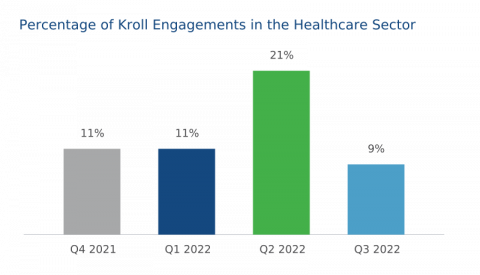Bloor Research: Managed Detection and Response - 2023 Market Update
Bloor analyzed the most often cited MDR providers delivering technology-agnostic services and named Kroll a Champion. Nearly three years since Bloor Research analyzed the managed detection and response (MDR) landscape, its 2023 MDR Market Update shows a maturing market sector where vendors go beyond endpoint detection and response (EDR) to ingest a variety of telemetry, including cloud services, and develop more robust incident response (IR).



